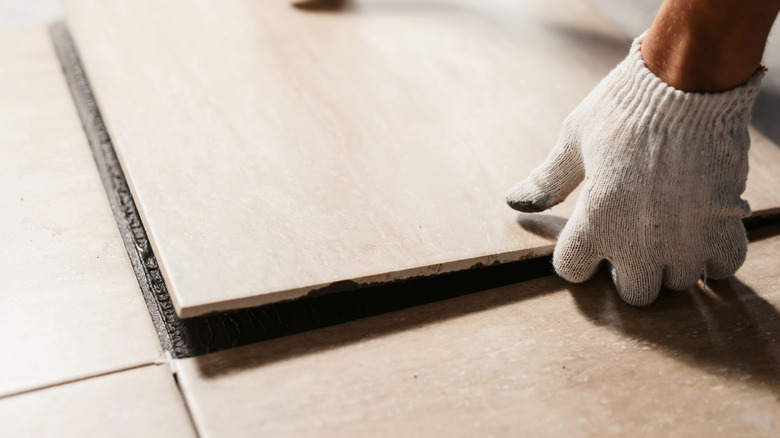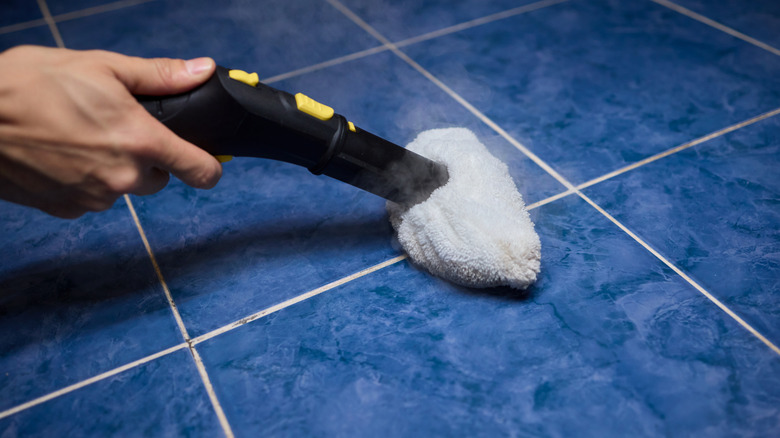What To Consider Before Steam Cleaning Your Bathroom Tile
Bathroom flooring has come a long way since the 1970s and 1980s, when carpeted floors reigned supreme. Today, homeowners prefer a low-maintenance and waterproof option in their bathroom for safety and hygiene. While some homes have hardwood flooring, many feature tile thanks to its durability and moisture resistance.
When it comes to maintaining bathroom tile, sweeping is essential. Over the years, traditional mopping has evolved to include steam cleaning, where high-temperature steam is used to sanitize surfaces. While this invention is fantastic for lifting deep grime and killing bacteria, it is not suitable for all flooring types.
Before reaching for your handy steam cleaner for the first time, it's best to take a moment and learn about what flooring you have. Different materials react differently to high heat and moisture, and because a steam mop uses both temperature and pressure to sanitize, you'll need to know your tile type before getting started. Otherwise, you risk damaging your flooring or voiding your warranty.
Top considerations before steam cleaning tile
Understanding the flooring you have, not only in the bathroom, but throughout the entire house, will help you decide what areas to avoid when steam cleaning your home. Traditional tile, like ceramic or porcelain, is generally safe for steam cleaning — they are durable and water-resistant, so when exposed to steam, you won't have to worry about damage. Natural stone tile, like marble or slate, is generally porous and can be sensitive to heat. This means heat might etch or damage the surface, or break down protective sealants. You should avoid steam cleaning them or test a small, inconspicuous area first, and always consult the manufacturer's instructions (if you have them).
Luxury vinyl tile is also a popular choice for bathroom flooring. In particular, homeowners love the fact that it is extremely water-resistant, meaning that it will not swell, warp, or bubble from water landing on it (which can happen easily in this room). However, you should avoid steam cleaning this material, as it can be easily damaged by the combination of high heat and focused moisture. This risk is significant enough that many LVT manufacturers state in their care guides that steam cleaning will void the warranty, leaving heat-related damage like warping or peeling uncovered.
Also good to keep in mind
Besides knowing the type of tile you have, it's critical to consider other factors before starting on your steam cleaning project. The type of grout you have will determine the risk if you choose to steam clean. Traditional cement-based grout is porous, meaning it easily absorbs moisture and dirt. Even though steam is great for cleaning it, if it's unsealed or cracked, the high heat and pressure can cause deterioration and cracking. Epoxy grouts are non-porous and can be steam cleaned without risk of damage.
Even if you have the kind of tile and grout that won't be susceptible to damage, there are a few dangerous downsides of a steam cleaner you should be aware of. Perhaps most obviously, steam cleaners reach dangerously high temperatures — over 212 degrees Fahrenheit. If you don't use caution, then you risk severe burns and injury. When using a steam cleaner, never aim it at people or animals, and always keep it away from electrical outlets or appliances. Follow all directions in the owner's manual, including what approved products can be used to clean the floor. While there are some things you never knew you could clean with a steamer, it's not worth risking your safety or damaging your property by not following the instructions carefully.


